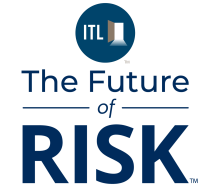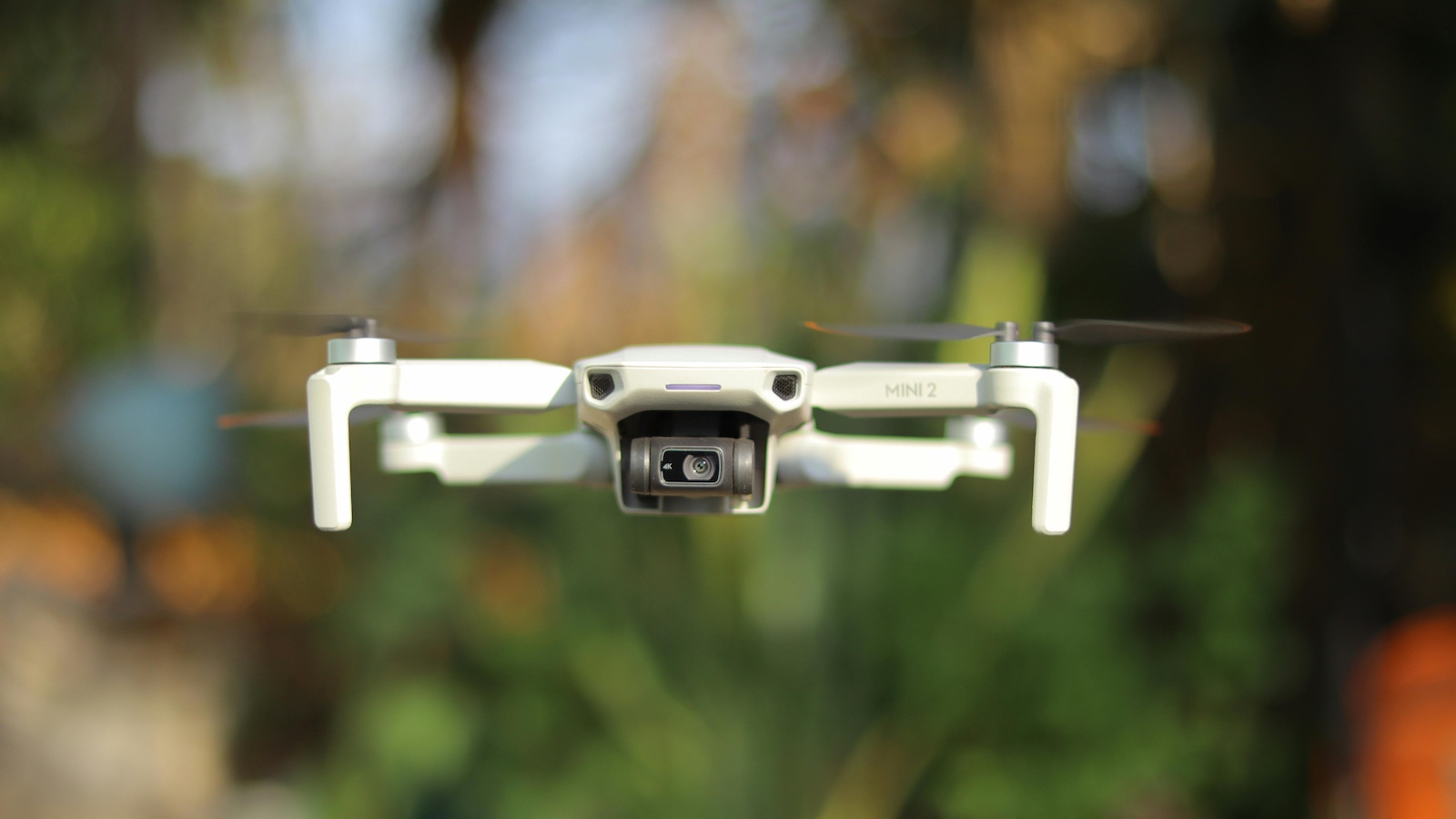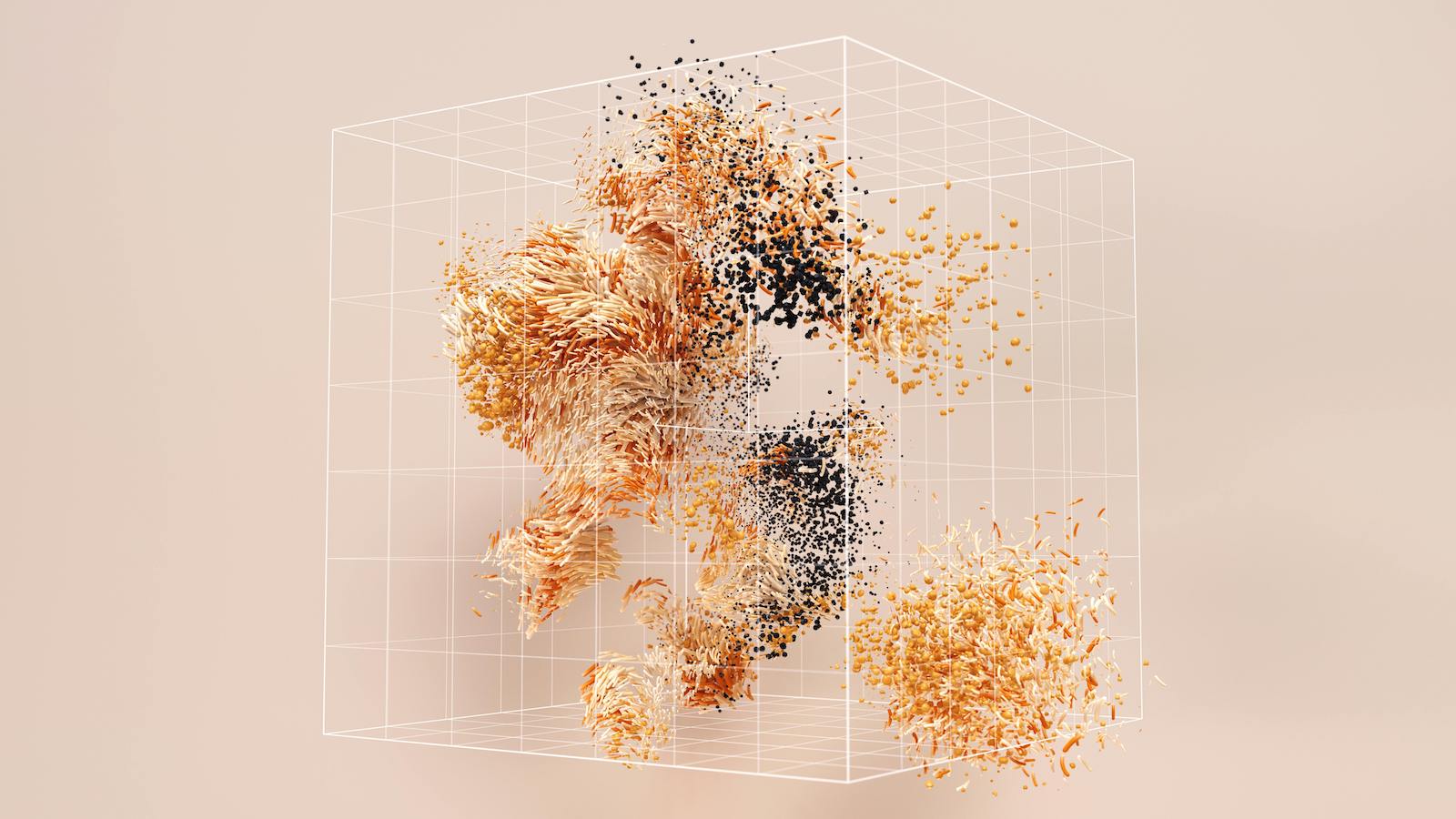Over the past decade, technology has revolutionized nearly every aspect of the claims process, from initial inspections to final resolutions. Drone technology, in particular, has emerged as a powerful tool for addressing some of the industry's most persistent challenges, including the need for increased accuracy, faster speed, and more cost-effectiveness.
As insurers seek ways to enhance their operations, the integration of drones with artificial intelligence (AI) and machine learning (ML) offers an unprecedented opportunity to rethink how property inspections and claims evaluations are conducted.
How Drone Technology Enhances Claims Processing
Traditionally, property inspections have required significant time and labor, often leading to delays in claims resolution and the potential for human error. Drone-based inspections address these issues directly. Equipped with high-resolution imaging capabilities, drones can capture comprehensive visual data of a property's exterior in a fraction of the time required for manual inspections.
This data is then analyzed using AI and ML to detect roof abnormalities, structural damage, and other potential issues with a high degree of precision. These technologies eliminate much of the subjectivity that has long characterized claims assessments, providing insurers with reliable, consistent insights.
Introducing Repair Estimates for a Seamless Workflow
While drone technology has become increasingly common for property inspections, recent advancements have expanded its applications to include repair estimation. This is a critical step forward, as it allows insurers to move seamlessly from damage analysis to actionable solutions.
For example, drone-based property inspection platforms are now being enhanced to include repair estimates. By integrating these capabilities, insurers can streamline the entire claims process—from initial inspection to final resolution—saving time and reducing operational costs while improving the experience for policyholders.
Why This Matters for Insurers and Policyholders
The benefits of these advancements are significant for all stakeholders. Insurers gain a faster, more efficient workflow that enables them to process claims with greater accuracy and consistency. For policyholders, the impact is equally profound. Faster claims processing means quicker access to the funds they need to recover from property damage, while the transparency offered by drone and AI technology builds trust in the claims process.
The Broader Context: Technology's Role in Insurance Innovation
Drone technology is not an isolated advancement; it is part of a broader wave of innovation sweeping the insurance industry. According to a recent Deloitte report, insurers are increasingly leveraging AI, blockchain, and IoT to modernize their operations and better respond to the needs of their customers. These technologies are helping insurers enhance risk assessment, reduce fraud, and improve customer satisfaction.
By adopting tools like drone-based inspections and repair estimation, insurers position themselves at the forefront of this transformation, meeting the demand for smarter, faster, and more responsive claims solutions.
Looking Ahead
As the insurance industry continues to evolve, the integration of advanced technologies like drones, AI, and ML will become increasingly essential. These tools not only enhance operational efficiency but also have the potential to reshape the relationship between insurers and their customers, fostering a new level of transparency, trust, and collaboration.
For insurers looking to stay ahead of the curve, embracing these innovations is no longer optional—it's imperative. By leveraging the capabilities of drone technology, the industry can move closer to a future where claims processing is not just faster and more accurate but also more equitable and customer-centric.






